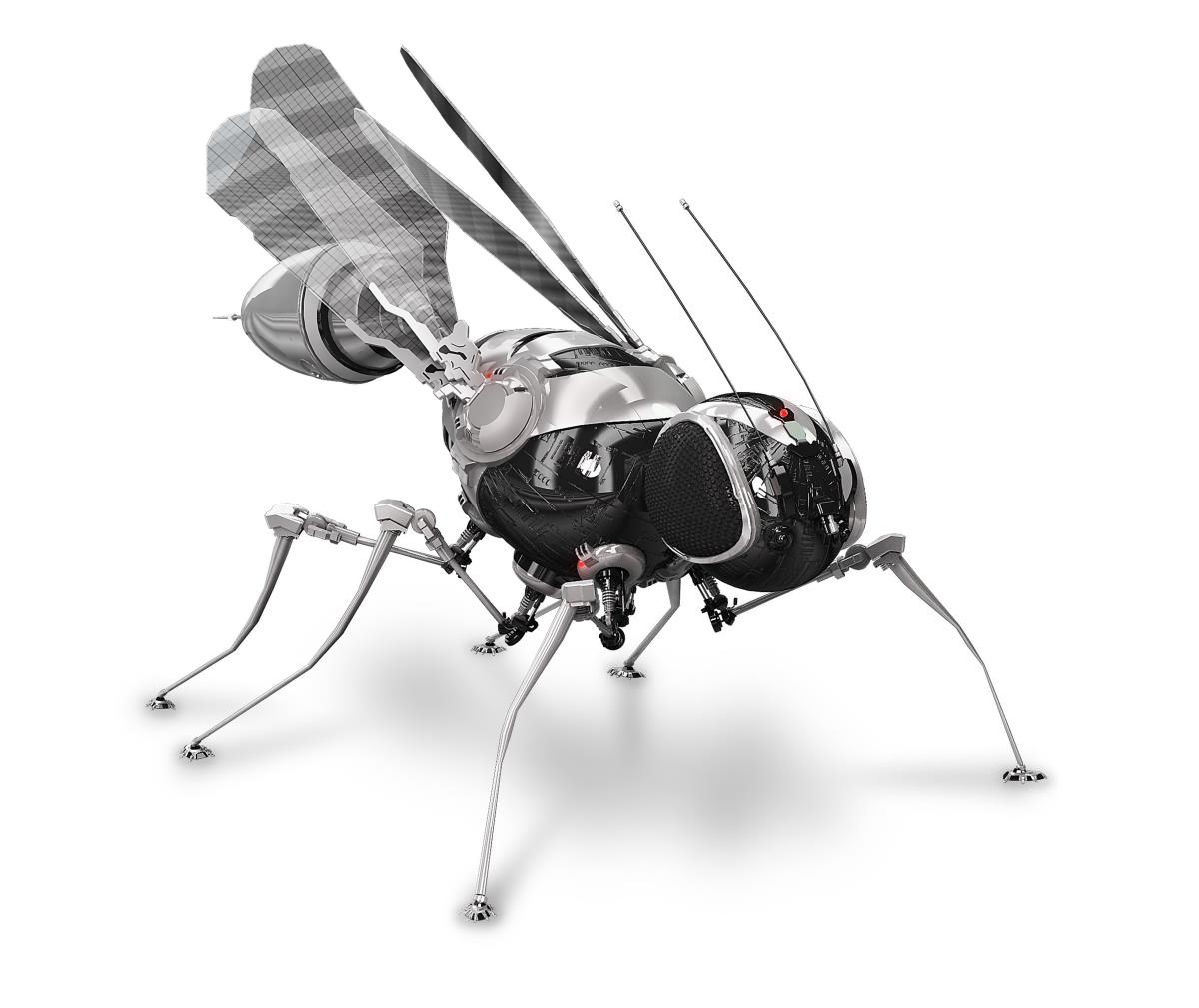Scientists warn that the world’s most unusual sharks and rays are on the “brink of extinction”
02/21/2019 / By Edsel Cook

Humankind’s destructive actions have driven many of the strangest-looking chimeras, rays, and sharks to the edge of extinction. London-based researchers warned that the impending loss of these ancient animals will be massive blows to biological diversity and evolutionary history.
The critically endangered species include the biggest and smallest sharks in the world and an electric ray that can shock prey and predators alike. All of these animals are members of the Chondrichtyes – cartilaginous fishes that do not have a single bone in their body. They are living fossils that have survived the extinction of so many other species – only now they have met their match in various forms of human activities.
For the first time ever, the international conservation group Zoological Society of London (ZSL) evaluated 50 of the most unique and endangered members of the cartilaginous fishes. These species have very few closely related species. If one dies out, there will be no replacement to fill its unique niche.
The ZSL researchers released their findings as the Evolutionarily Distinct and Globally Endangered (EDGE) of Existence. (Related: Shark and camel blood contain antibodies that could be used to treat brain diseases.)
Sharks need protection from humans and not the other way around
Long before Jaws, humans have always viewed sharks as scary monsters. The bad reputation has spread among its cartilaginous relatives such as the stingrays, one of which became infamous for killing Australian conservationist Steve Irwin.
“The biggest myth around sharks is definitely the perception that they are dangerous, that they are man-eating machines – they’re not,” stressed researcher Fran Cabada. “There have been some negative interactions recorded but they are very infrequent and they’re not intentional.”
Sharks are often the top predator of the local food chain. They are vital parts of the natural order. Losing them would significantly affect the populations of their prey animals, which would then affect the lower members of the food chain, and so on and so forth. Eventually, the domino effects will reach human fishermen and consumers.
Cabada warned that sharks and their relatives were at greater risk than most. Most species are unique with no close relative or bony fish equivalent that could take up its particular ecological niche.
The biggest culprit behind nosediving shark populations is also the industry that will suffer the most. Accidental and deliberate fishing of sharks accounted for many deaths. It is aggravated by the loss of habitat caused by the increasing development of coastal regions, the loss of mangrove forests that shelter their young and food animals, destructive trawling practices, and polluted waters.
Five of the rarest cartilaginous fishes in the world
So what are the most endangered species of cartilaginous fishes in the EDGE report? Here are some of the oddest representatives of this ancient class.
At the top of the list is the largetooth sawfish (Pristis pristis). A huge ray that can grow up to 21 feet in length, it cuts its prey apart with its long, tooth-lined snout. It is heavily hunted and also often caught by accident.
Most cartilaginous fish can sense electrical fields. But the Caribbean electric ray (Narcine bancroftii) is one of the few that can generate electricity. This nocturnal fish shocks small prey animals.
The zebra shark (Stegostoma fasciatum) got its name for the dark stripes that line the bodies of young fish. The stripes become spots as the shark lives on for as long as 35 years of age.
The whale shark (Rhincodon typus) and basking shark (Cetorhinus maximus) are the biggest and second biggest sharks and fish in the sea, respectively. They are gentle giants that feed on tiny plankton and fish. The former even has a trash-collection marine robot inspired by its shape and behavior.
Sources include:
Tagged Under: animals, biodiversity, chimeras, conservation, Ecology, Endangered species, environment, extinction, fish, marine animals, marine life, ocean life, Oceans, rays, sharks, whale shark, wildlife, wildlife population




















